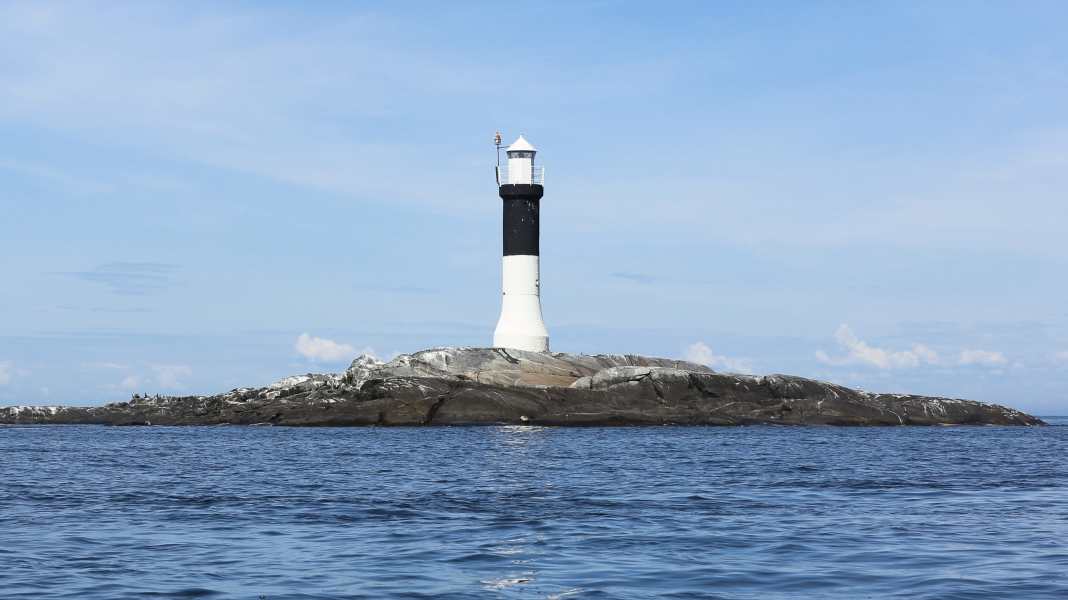
The maintenance of floating and fixed navigational aids is undoubtedly costly. This is especially true for countries such as Sweden, with its extensive coastline and complex archipelago waters, where safe navigation channels are essential. Advances in electronic navigation technology have led many countries to consider reducing this traditional infrastructure.
However, there is now a change in thinking: in view of the potential safety risks posed by disrupted satellite signals, consideration is being given to increasing the number and visibility of conventional navigation aids again. The aim is to ensure reliable navigation even in the event of electronic system failures and thus improve safety on the high seas.
More about GPS:
Kaliningrad identified as a source of interference
Russia's attack on Ukraine in February 2022 once again put the Baltic Sea region at the centre of military attention. In the following years, particularly in the summer of 2024, an increasing number of incidents were reported that pointed to hybrid warfare. These included disrupted GPS signals and interrupted undersea cable connections, with these disruptions mainly concentrated in the eastern regions of the Baltic Sea.
Both aviation and shipping were affected by the GPS interference, as it had a direct impact on ongoing positioning. Experts from Sweden, Finland and the Baltic states suspect that these interference signals originate from the Russian exclave of Kaliningrad, which lies between Poland and Lithuania.
Sea mark as a safe alternative in times of crisis
The increasing unreliability of GPS systems has brought the importance of traditional navigation aids such as buoys, beacons and beacons back to the fore. These analogue navigational aids offer a valuable reserve and alternative to digital navigation technology. In response to this development, the Swedish Maritime Administration Sjöfartsverket is planning a significant investment: over a period of ten years, 1.5 billion Swedish kronor (around 130 million euros) is to be invested in the modernisation of existing and the construction of new navigation aids.
About the Sjöfartsverket
The Sjöfartsverket is the Swedish authority responsible for maritime safety in Swedish waters. Its tasks include the operation and maintenance of 6000 floating navigational aids and 1100 land-based beacons. It also deploys icebreakers and SAR helicopters and provides a traditional nautical chart service. These comprehensive services ensure safe navigation for everyone travelling on Swedish waters.
